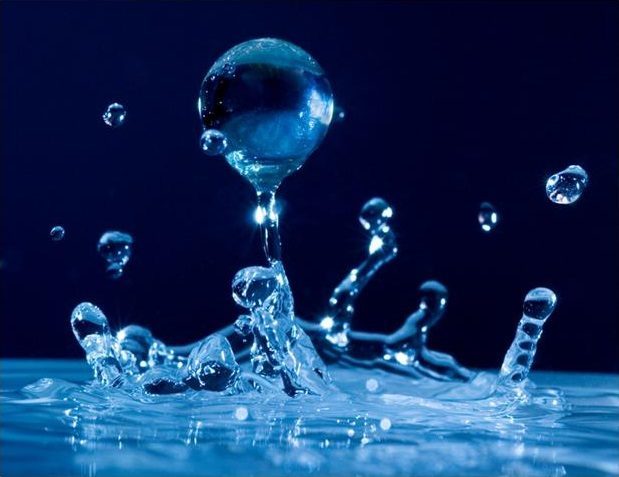
Water micro-droplets spontaneously produce hydrogen peroxide
Scientists have discovered that in the right circumstances, water can spontaneously produce hydrogen peroxide – a quirk of basic chemistry, hiding in plain sight, which somehow eluded our notice until now.
Water is one of the most commonly found materials, and it's been studied for years and years and you would think that there was nothing more to learn about this molecule.
According to the team, the spontaneous production of hydrogen peroxide can occur when water is atomized into micro droplets: microscopic droplets of water measuring just 1 micro-meter to 20 micro-meters in diameter.
At such an infinitesimal scale, the spontaneous formation of hydrogen peroxide appears to take place – even in the absence of almost anything else other than water.
The process does not require any chemical reagent, catalyst, applied electric potential, or radiation.
Only pure water in the form of micro-droplets in air is necessary for the appearance of hydrogen peroxide.
Another experiment revealed that hydrogen peroxide production yield was inversely proportional to micro-droplet size; in other words, smaller micro-droplets produce higher concentrations of the molecule.
But why and how does this happen at all?
It's hard to know for sure, but the researchers speculate that spontaneous oxidation of water likely occurs due to a strong intrinsic electric field at the water−air interface of micro-droplets, where an electric field generates hydroxyl radicals that recombine into hydrogen peroxide.
While it will take future research to test this hypothesis, the team says the production of hydrogen peroxide itself is unambiguous, and could lead to new and more environmentally sustainable ways of manufacturing this common chemical.
The discovery opens various innovative opportunities including green and inexpensive production of hydrogen peroxide, green chemical synthesis, safe cleaning, and food processing.
 English
English Arabic
Arabic


